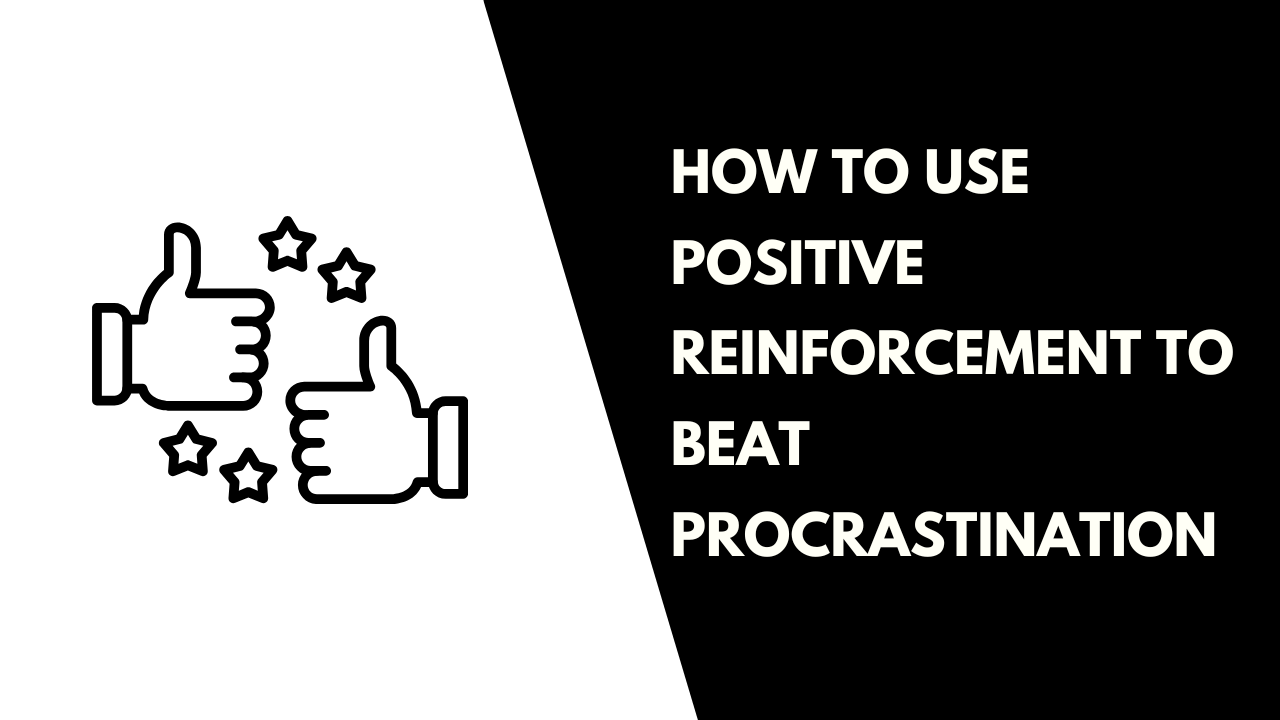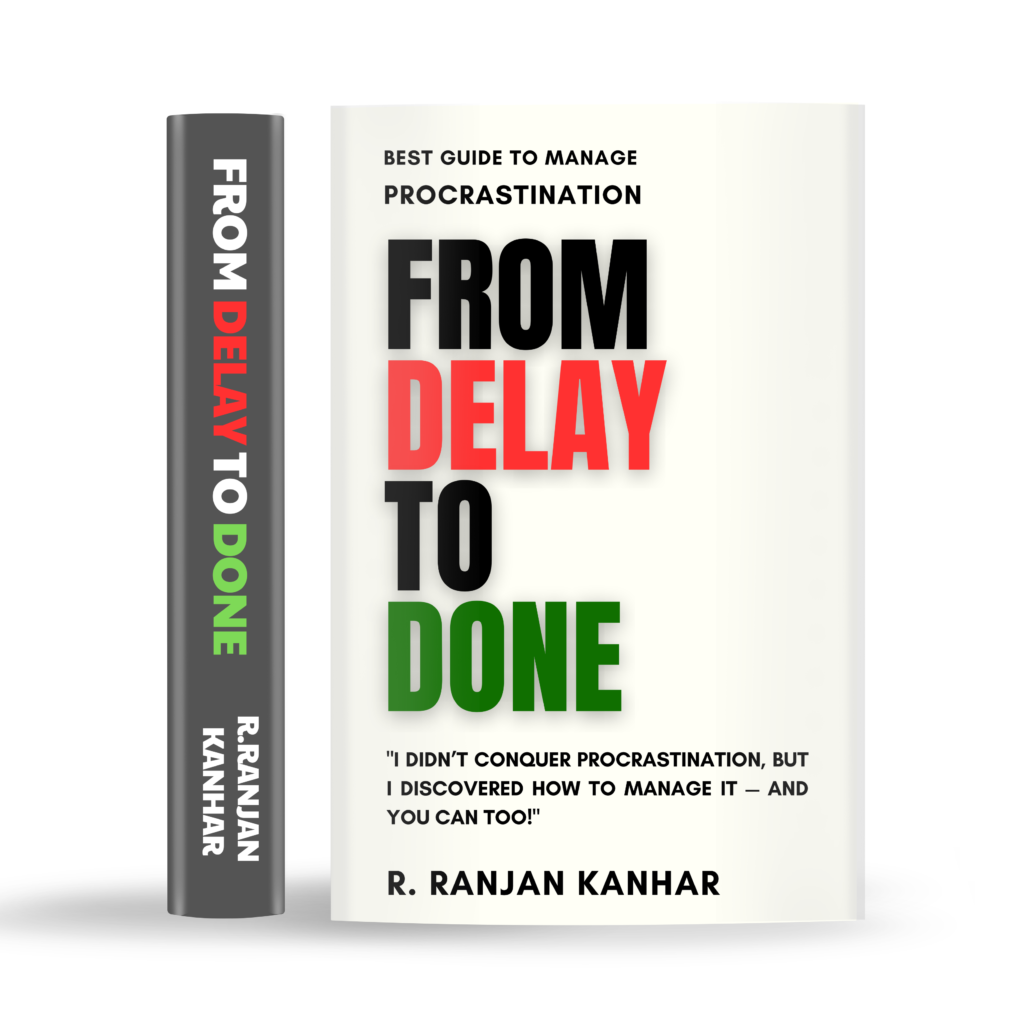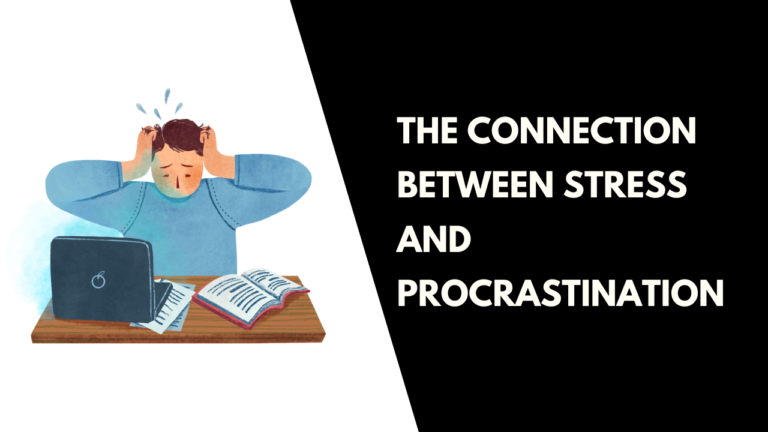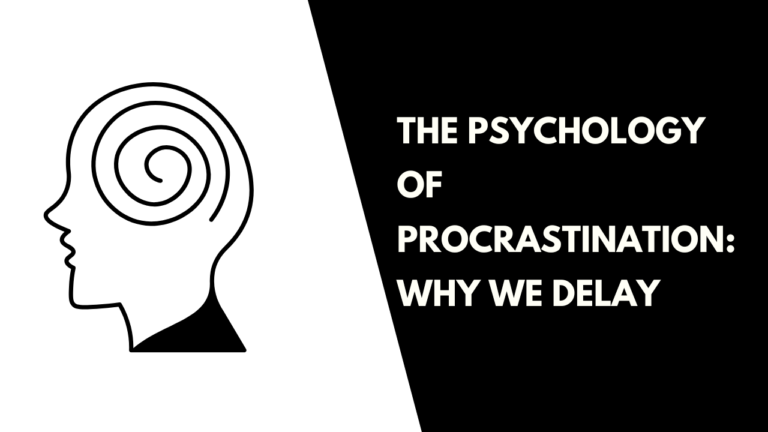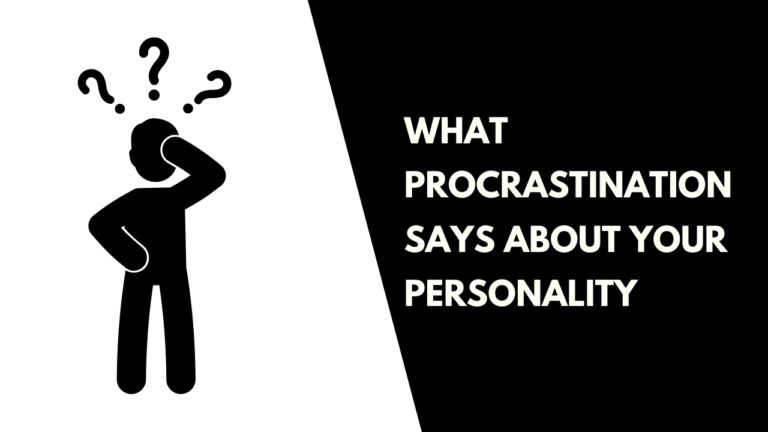How to Use Positive Reinforcement to Beat Procrastination
How to Use Positive Reinforcement to Beat Procrastination
Procrastination is a battle many of us fight daily. Whether it’s delaying an important work project, putting off studying for an exam, or avoiding that workout session, the struggle is real. But what if there was a simple, science-backed way to stop procrastination and get things done?
Table of Contents
ToggleEnter positive reinforcement—a powerful technique rooted in behavioral psychology that can help you beat procrastination, build productive habits, and create a rewarding cycle of motivation.
Let’s explore how you can use positive reinforcement to beat procrastination with real-life examples and actionable steps.
Understanding Positive Reinforcement
Positive reinforcement is a technique that involves rewarding yourself for taking desired actions. When you associate a positive outcome with a particular behavior, you increase the likelihood of repeating it.
For example, if you treat yourself to your favorite coffee after completing a task, your brain starts associating task completion with a pleasant experience. Over time, this helps you manage procrastination and develop productive habits effortlessly.
Why Does Positive Reinforcement Work for Procrastinators?
Procrastination often stems from a lack of immediate gratification. Our brains prefer instant rewards, so we delay tasks that seem unpleasant or overwhelming. Positive reinforcement solves this problem by introducing an immediate, enjoyable outcome for completing a task.
Think about it: Would you rather force yourself to work on a dull project with no motivation, or do it knowing that you’ll get a small reward afterward? The latter feels much more encouraging, right?
How to Use Positive Reinforcement to Stop Procrastination
Here are some practical ways to implement positive reinforcement and beat procrastination for good:
1. Set Up a Reward System
Create a reward system that gives you something enjoyable after completing a task. The reward should be meaningful but not so excessive that it distracts you.
Examples:
After completing a difficult work task, treat yourself to a 10-minute YouTube video or a cup of tea.
Finish a study session? Allow yourself to play your favorite game for 15 minutes.
Worked out for 30 minutes? Enjoy a protein smoothie or a relaxing bath.
The key is to pair the reward with a specific accomplishment so your brain learns to associate work with a pleasurable experience.
2. Use Gamification Techniques
Gamification involves turning your tasks into a fun challenge by setting goals, tracking progress, and giving yourself points or badges.
Examples:
Give yourself a star or sticker every time you complete a task on your to-do list.
Use productivity apps like Habitica, which turn your tasks into a role-playing game.
Challenge yourself: “If I finish this report in 30 minutes, I get to eat my favorite chocolate.”
By gamifying your tasks, you create a sense of achievement and motivation that helps you manage procrastination effectively.
3. Pair an Unpleasant Task with Something You Enjoy
This method, known as temptation bundling, involves combining something you love with something you dislike.
Examples:
Listen to your favorite podcast while cleaning your room.
Work on a tough assignment while sipping on your favorite smoothie.
Only allow yourself to watch Netflix while walking on a treadmill.
By doing this, you make the boring task more enjoyable and increase your chances of sticking to it.
4. Use Social Accountability as Positive Reinforcement
Sometimes, knowing that others are watching can be a great motivator. When we involve others, we’re more likely to stay committed.
Examples:
Tell a friend that you’ll treat them to coffee if you don’t complete your work by a deadline.
Join a study group where everyone shares their progress.
Announce your daily goals on social media, so you feel accountable to follow through.
5. Celebrate Small Wins
One reason we procrastinate is that big tasks feel overwhelming. Breaking them down into smaller steps and celebrating each milestone can make a huge difference.
Examples:
Instead of writing an entire report, start with an outline and reward yourself with a short break.
If you have a long workout ahead, celebrate each completed set with a deep breath and a sip of water.
Completing just one chapter of a book? Give yourself a moment to appreciate the progress.
Small wins create momentum and encourage you to keep going, making it easier to stop procrastination.
6. Create a Visual Reward System
Seeing progress can be highly motivating. A visual tracker can serve as a positive reinforcement tool that helps you stay on track.
Examples:
Use a habit tracker app or a simple checklist to mark completed tasks.
Keep a jar and drop a coin in every time you finish a task; at the end of the month, treat yourself with the collected money.
Make a vision board with pictures of rewards and goals to stay inspired.
7. Turn Tasks into a Social Activity
If you struggle to complete tasks alone, make them social! Associating productivity with enjoyable company can be a great way to beat procrastination.
Examples:
Study with a friend and reward yourselves with snacks afterward.
Join a coworking group where people work together and motivate each other.
Turn workouts into friendly competitions to keep them fun.
8. Use Self-Compassion as a Reward
Sometimes, we procrastinate because we fear failure. Being kind to yourself and celebrating effort rather than perfection can be a form of positive reinforcement.
Examples:
Instead of criticizing yourself for not being perfect, acknowledge the effort you put in.
Give yourself permission to rest after working hard.
Write down one thing you did well each day and read it at the end of the week.
The Key to Making Positive Reinforcement Work
For positive reinforcement to be effective, follow these principles:
Be Consistent: Use rewards consistently so your brain makes strong associations between tasks and positive experiences.
Choose Meaningful Rewards: The reward should be something you genuinely enjoy, not something you feel obligated to like.
Avoid Overindulgence: If the reward is too big (e.g., binge-watching for hours after writing one email), it can backfire and lead to more procrastination.
Final Thoughts
Procrastination can feel like an unbeatable habit, but by using positive reinforcement, you can train your brain to enjoy productivity rather than dread it. Whether it’s treating yourself to a small reward, gamifying your tasks, or celebrating small wins, you now have actionable strategies to manage procrastination and take control of your time.
So, what’s one task you’ve been procrastinating on? Pick a reward, set a goal, and start using positive reinforcement today!
“Stop postponing your dreams! From Delay to Done is your ultimate guide to conquering procrastination. Grab your copy today on Amazon!
